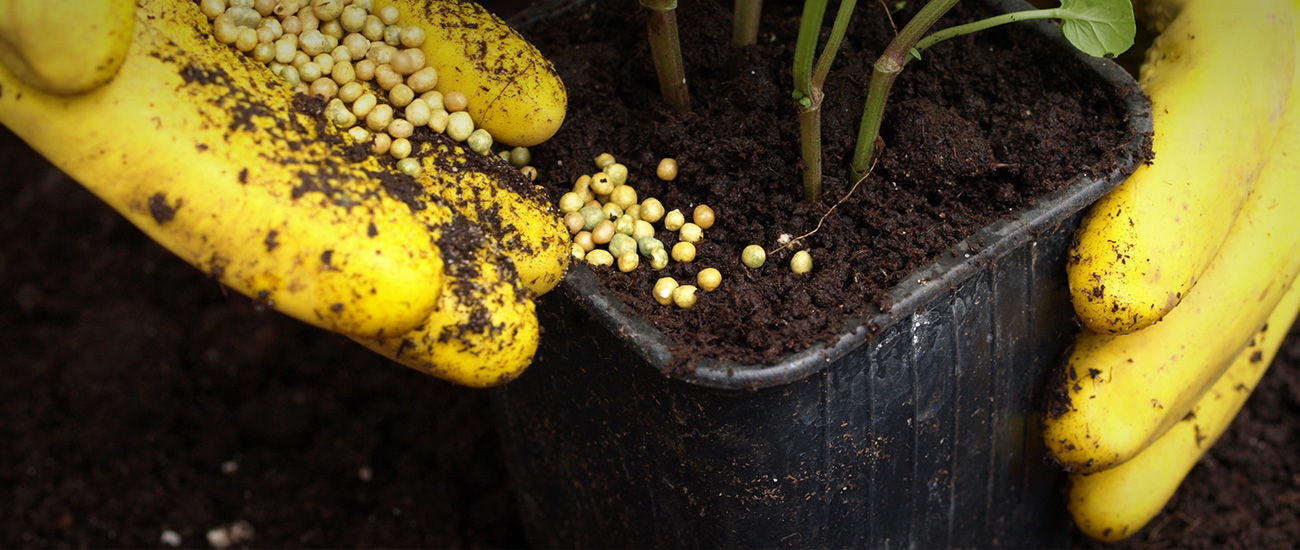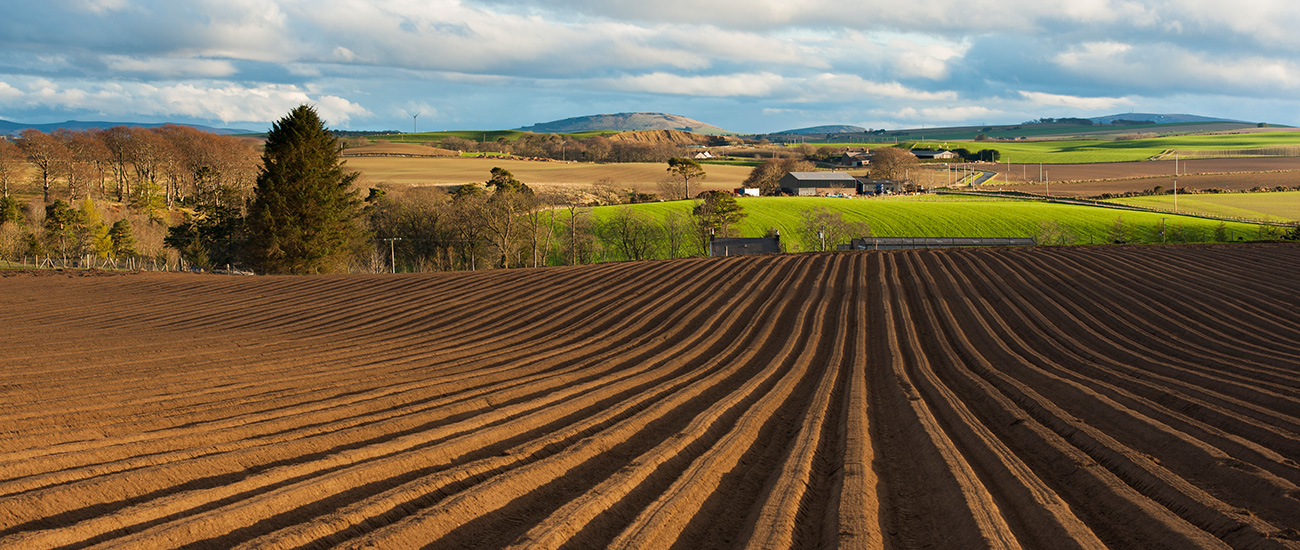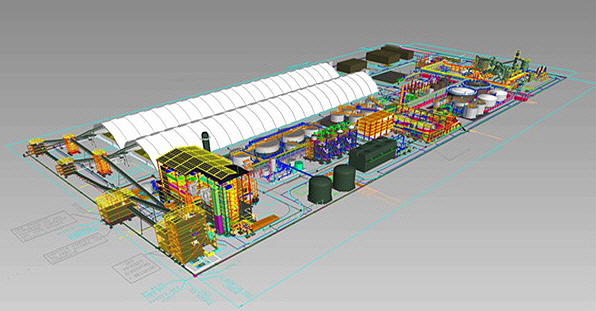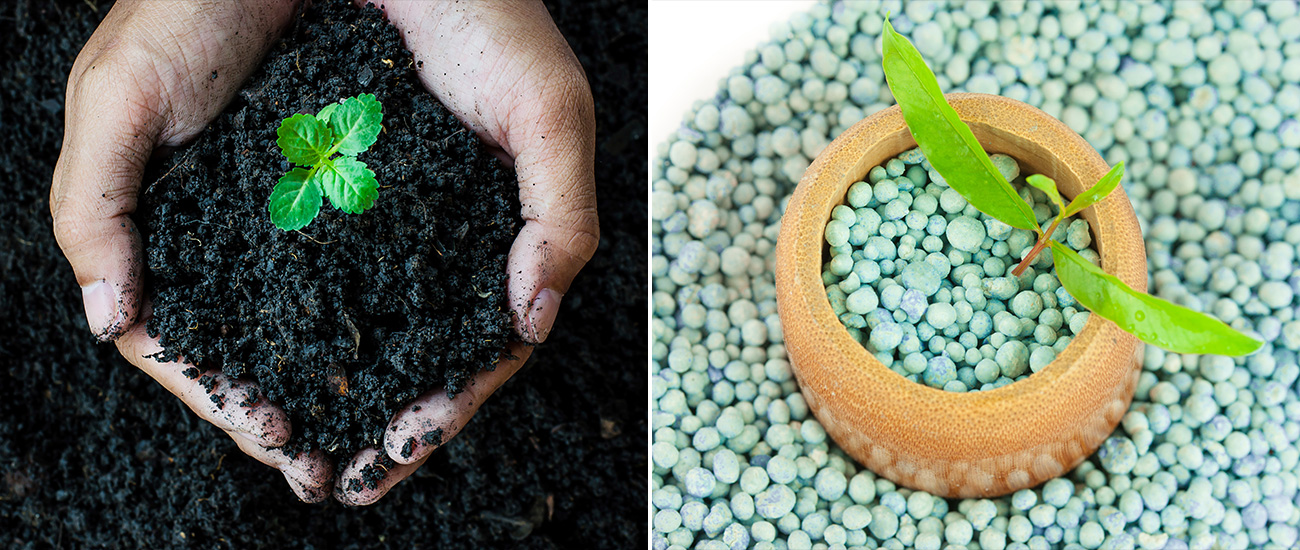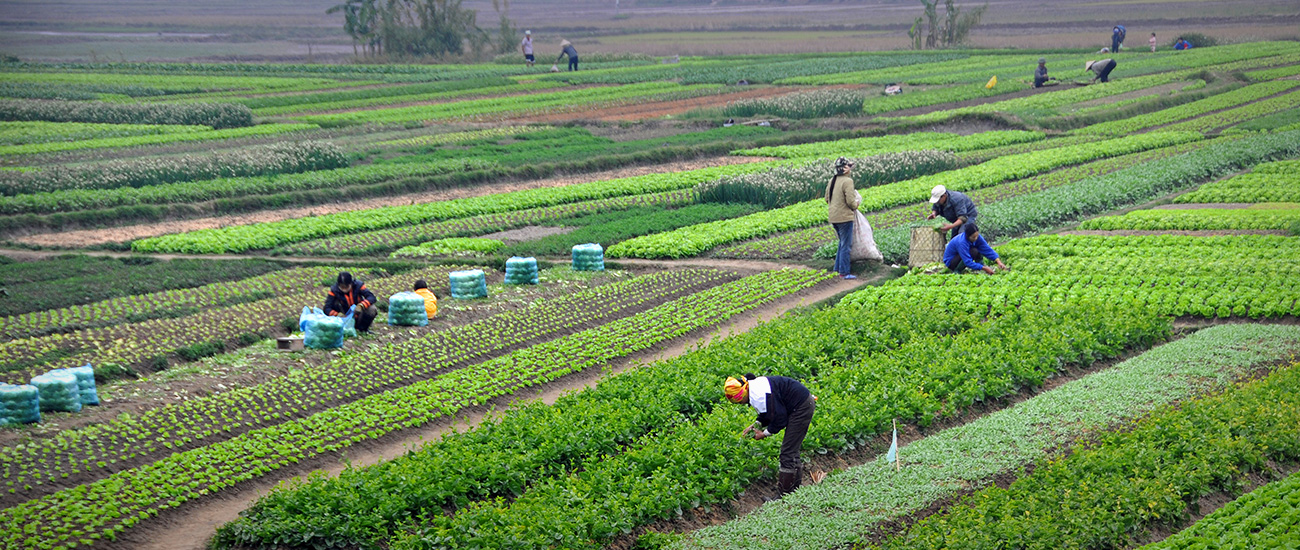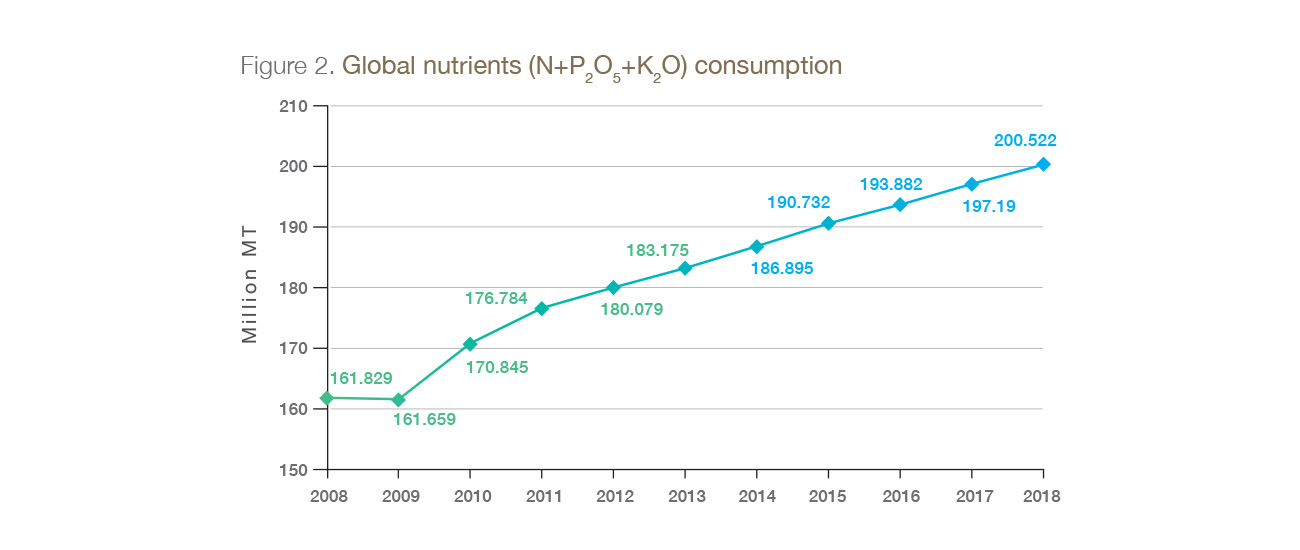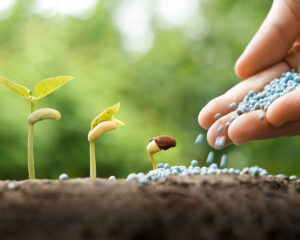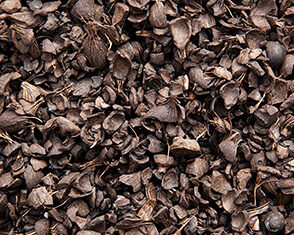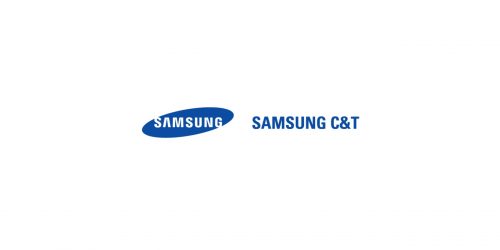Note: This is the latest in a series of articles on the Samsung C&T Newsroom that examines several key materials, looking at how they are being used by a variety of industries, including trading, technology and construction. Previously in the series, Samsung C&T Newsroom has looked at the importance of copper in our lives, the future of cement and steel’s versatility in building innovations.
Improving soil quality and cultivating healthy crops has been the goal of farming since human societies became sedentary. Our life cycle as we know it would be unthinkable without sustainable agriculture.
One of the key elements in growing reliable crops is fertilizer. Without it, both animal and human populations would be left hungry – which is why improving the quality of this resource has been a major preoccupation of scientists for centuries.
How have we become so dependent on this material? Derived from both organic and inorganic materials, fertilizers allow for the increased production of nutritious produce – crucial for feeding growing populations all over the world.
Solving Hunger with Nitrogen
Ancient civilizations used minerals and manure for growing crops since the dawn of time, but modern plant nutrition science only really began to develop in the 19th century.
Scientists discovered nitrogen’s crucial role in plant growth at the start of the Industrial Revolution, a period that witnessed a large movement of people from rural areas into cities. Urban populations were increasing while farms were sizing down – meaning food scarcity quickly became a worrying issue.
In the 20th century, two German scientists, Fritz Haber and Carl Bosch, eventually went on to create a method that would convert molecular nitrogen and methane into industrial-scale ammonia.
Thanks to the Haber-Bosch process, commercial synthetic fertilizer came into being. Modern farmers now use an upgraded version of Haber’s process, and it is estimated that almost half of the people residing on Earth today are fed using these methods.
Protecting Food Security
Samsung C&T has a long history of trading fertilizer, starting in the mid-1970s. In terms of sales, the company began with a focus on the Southeast Asian market. Experience with this vital material has grown over time, and the company has since broadened its market to include Oceania, Southwest Asia, Latin America, Africa and Europe.
Sourcing is equally important for trading fertilizer. The company began obtaining the material domestically in Korea, and soon expanded its sourcing regions to include diverse places such as China, the Middle East and CIS countries.
C&T is now one of the world’s top 10 traders in fertilizer, selling 2.5 million tons of the material around the globe, representing US$600 million worth of trade.
Some of the major products it deals with include urea, NPKs, ammonium sulfate and phosphate – all key soil fertilizers that help grow food to satiate the world’s hunger.
Preparing the Ground for Growth
Fertilizer performs two essential jobs: firstly, its additives provide nutrients for plants, and secondly, it improves soil by modifying its water retention and aeration properties.
Growing crops depletes important nutrients from the soil. These must then be added back to retain soil fertility. Nitrogen, phosphorus and potassium – or NPK – are the three primary macronutrients that make up commercial fertilizers.
Nitrogen is the heavy hitter of the three, and nitrogen-based fertilizers contribute to almost a third of the world’s food production. It is considered the most important nutrient for plant life since it is a major component in proteins and DNA.
Under Chemical and Natural Care
Fertilizers can be classified as straight or multi-nutrient, or inorganic versus organic.
Inorganic fertilizers are most commonly used, and are what the majority of commercial fertilizers can be classified under. These are the NPK fertilizers – many of them come from naturally occurring mineral deposits.
There are pros and cons of using organic over inorganic fertilizers, and vice versa. Organic fertilizers carry relatively low concentrations of nutrients in comparison to synthetic fertilizers, but they help improve overall soil quality. Commercial fertilizers are inexpensive and easy to obtain, which is important for feeding large populations in developing areas.
Fertile Distributions
How fertilizer is applied is also an important part of producing nutritious crops. According to Professor Murray Brian McBride of the Soil and Crop Sciences department at Cornell University’s College of Agriculture and Life Sciences, fertilizer developers in the past “focused on slow-release forms of nutrients that would become available to crops when they are needed.”
The overuse of nitrogen does have environmental drawbacks. This is why some studies have shown that farmers can reduce their reliance on the element by diversifying their crop rotation programs.
Market Value
Fertilizer is a world market commodity with particular trading practices. Manufacturers tend to stay within their local distribution network, so the role of trading companies is crucial when exporting the necessary products.
According to the Food and Agriculture Organization of the United Nations, fertilizer demand is expected to reach 200,500,000 tons by the end of 2018, as more countries are devoting their finances to improving nutrition.
The fertilizer industry recognizes that the global population will continue to grow, with some experts predicting numbers of over 9 billion by 2050. As one of the world’s leading fertilizer traders, Samsung C&T is helping to propel this essential industry, ensuring growth of agricultural production capacities meet the needs of rising population numbers.


